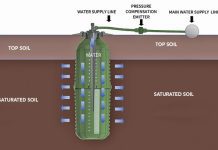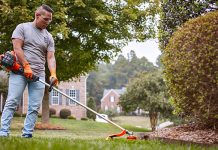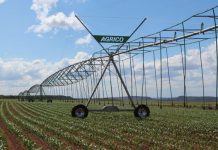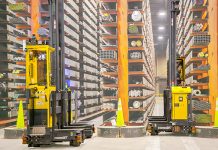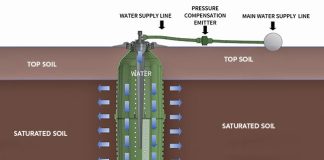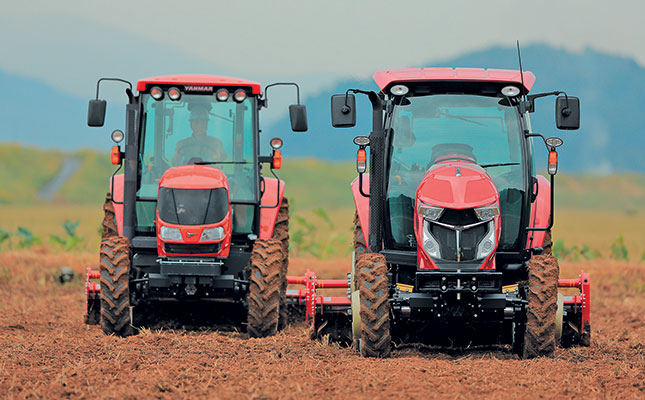
Photo: Yanmar
Yanmar, the giant Japanese manufacturer of diesel engines and machinery, has successfully developed a robot tractor in collaboration with Hokkaido University.
The machine, currently undergoing testing in real-world situations, can reportedly carry out all the essential farming tasks, including cultivating, planting and harvesting.
The system enables one driver to operate more than one tractor. Built-in sensors identify obstacles and prevent collisions, while a tablet interface is being developed for intuitive operation.
The engine control unit automatically optimises engine speed according to operating conditions and a camera enables the driver to monitor all operations.
The tractor also sends data by telemetry to a base station, thereby adding another level of precision.
With Japan’s farmers ageing and its young people choosing careers in other fields, the country has a declining agricultural workforce. Driverless tractors might be one solution to the problem.
The electric tractor
Escorts Agri Machinery, one of India’s leading tractor manufacturers, recently unveiled an electric tractor concept under the Farmtrac label.
It is expected to be ready for customer evaluation in 12 to 18 months, and commercial production should begin in three to four years. The target markets are in India, the US, Europe, Southeast Asia and South Africa.
These developments raise the obvious question: is the autonomous electric unit the next big thing?
After years of research, the Mobile Agricultural Robot Swarms (MARS) project, developed by AGCO and Fendt, is ready for series production. The entire system, including small robots operating in swarms and a cloud-based system control, will now be operated under the product name Xaver.
The system plans, monitors and documents the precise planting of maize. The position and planting time of each seed is accurately recorded.
Knowing exactly where the seed has been planted opens up potential for further processes, as subsequent operations such as crop protection or fertilising can be performed precisely for each individual plant.
Crop planning, including seeding patterns and density, is carried out via the Xaver app. The intelligent OptiVisor algorithm plans each robot’s deployment based on selected parameters, and calculates optimal paths for the units and the time required to complete the task.
Joe Spencer is the mechanisation editor of Farmer’s Weekly.


